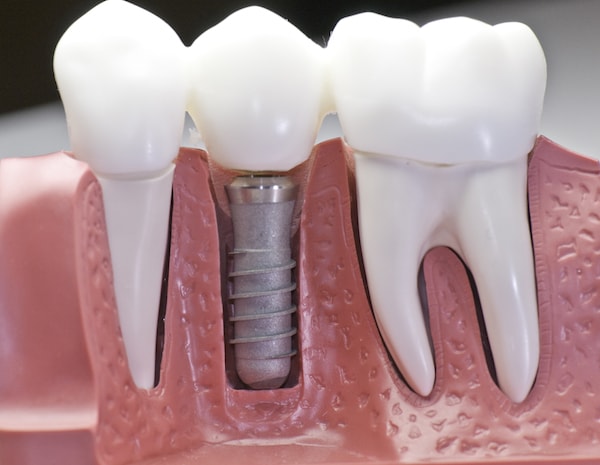 Dental implants are created as a permanent replacement for a missing tooth or teeth. Implants are a popular alternative to removable dentures or fixed bridges that are anchored into the jawbone. The anchoring allows them to become as stable as your own teeth. For that reason, an implant procedure is more expensive and has a longer recovery period. Dental implants also pose some possible health risks. The biggest risks with dental implants include:
Dental implants are created as a permanent replacement for a missing tooth or teeth. Implants are a popular alternative to removable dentures or fixed bridges that are anchored into the jawbone. The anchoring allows them to become as stable as your own teeth. For that reason, an implant procedure is more expensive and has a longer recovery period. Dental implants also pose some possible health risks. The biggest risks with dental implants include:
The success rate of dental implants is 95% without incident and the majority of issues that do occur are minor and easily resolved when caught in time. Patients should not wait to take corrective actions until the issue becomes a big problem. By then, a minor issue can turn into a more serious problem for the patient and the dentist.
– SP